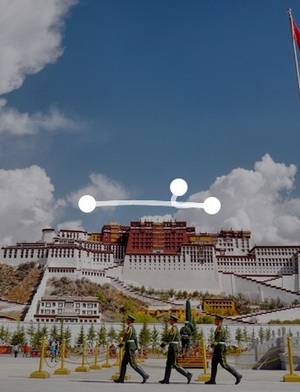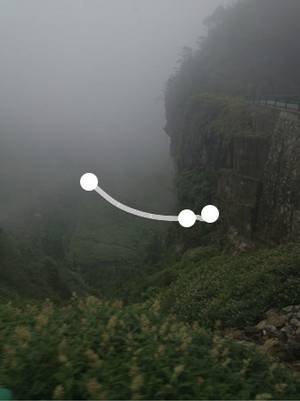Parra Manor, A Glimpse into the Opulence and Servitude of Old Tibet
Bajuelunbu Village, Jiangre Township, Jiangzi County, Shigatse City, Tibet Autonomous Region
4
Introduction

Address Bajuelunbu Village, Jiangre Township, Jiangzi County, Shigatse City, Tibet Autonomous Region
Opening hours 09:00-18:00 (full day)
last entry time: 18:00 (Monday-Sunday, January 1st-December 31st).
 The manors of the feudal aristocracy in Tibet's serfdom society
The manors of the feudal aristocracy in Tibet's serfdom society



















